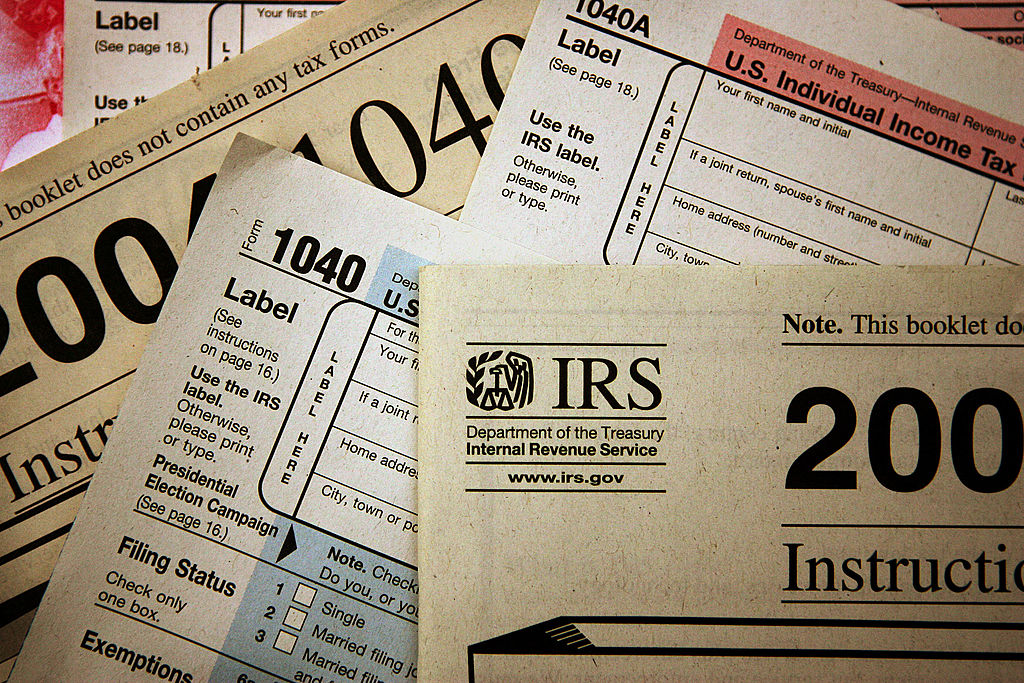IRS’s September 15 Deadline: Your Shield Against Tax-Time Surprises
As we approach the end of the third quarter in 2023, September 15 takes center stage for freelancers, self-employed individuals, small business owners, investors, and more. This date marks the crucial deadline for quarterly tax payments to the Internal Revenue Service (IRS). Here’s a comprehensive guide to help you avoid penalties and stay on top of your tax responsibilities.
Estimating Taxes and Avoiding Penalties
Who Is Required to Pay Estimated Taxes?
Individuals are typically required to make quarterly estimated tax payments to the IRS if they expect to owe $1,000 or more in annual taxes. While many employees have taxes withheld from their paychecks, those with income from self-employment, small businesses, investments, or contract work must make these payments independently.
The ‘Safe Harbor’ Rule
To prevent underpayment penalties, accurate and timely tax calculation and payment are essential. The IRS offers a ‘safe harbor’ rule to guide taxpayers. If your adjusted gross income is less than $150,000, you can meet this requirement by paying either 90% of your estimated taxes for 2023 or 100% of your tax liability from the prior year. Higher-income individuals with an adjusted gross income of $150,000 or more in 2022 should pay the lesser of 90% of their estimated taxes for the current year or 110% of their estimated taxes from the previous year.

Mastering Tax Payment Strategies to Avoid Penalties
Pay-As-You-Go Model
The American tax system operates on a ‘pay-as-you-go’ basis. Failure to pay estimated taxes on time can lead to penalties. Missing any of the four estimated tax payment deadlines for 2023 (April 18, June 15, September 15, or January 16, 2024) may result in a late penalty of 0.5% of the unpaid balance per month or partial month, up to a maximum of 25%, in addition to interest.
Electronic Payment Convenience
For the most convenient and secure method of making estimated tax payments, consider electronic payments. The IRS recommends online payment options like payments through your online account, Direct Pay, and the Electronic Federal Tax Payment System. Note that debit and credit card payments may involve transaction fees.
Expert Tips for Smooth Tax Compliance
Financial experts advise maintaining accurate records, monitoring your tax situation, and, if necessary, seeking professional guidance. Complying with the safe harbor requirements and making on-time tax payments are essential for meeting your tax obligations and avoiding penalties.
FAQs about IRS’s September 15 Deadline: Your Shield Against Tax-Time Surprises
Q1: Who needs to make quarterly estimated tax payments to the IRS?
A1: Individuals expecting to owe $1,000 or more in annual taxes, particularly those with self-employment income or small businesses, are required to make quarterly estimated tax payments.
Q2: What is the ‘safe harbor’ rule for estimated taxes?
A2: The ‘safe harbor’ rule allows taxpayers to avoid underpayment penalties by paying either 90% of their estimated taxes for the current year or 100% of their tax liability from the prior year (or 110% for higher-income individuals).
Q3: What are the penalties for missing estimated tax payment deadlines?
A3: Missing payment deadlines can result in a late penalty of 0.5% of the unpaid balance per month or partial month, up to a maximum of 25%, in addition to interest.



